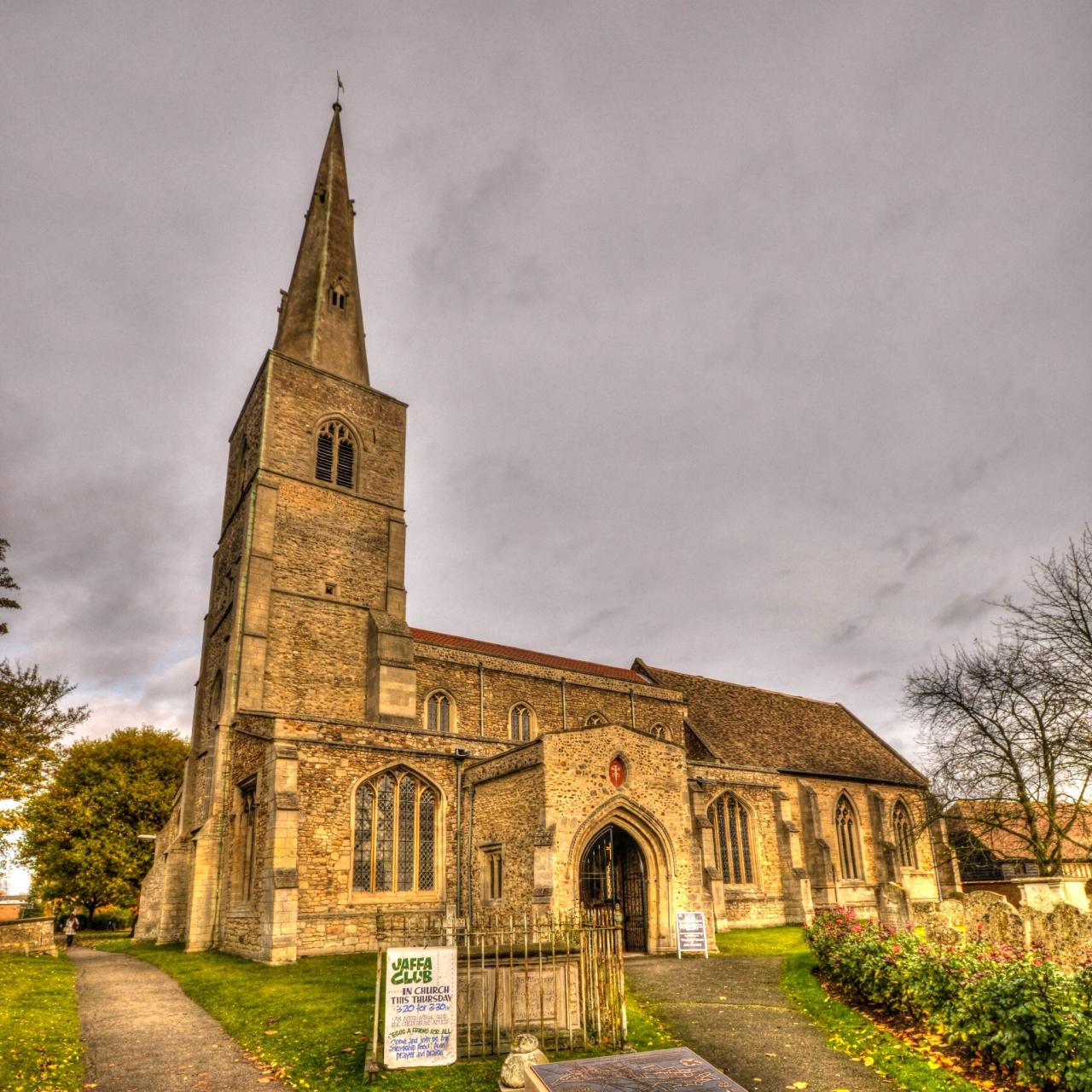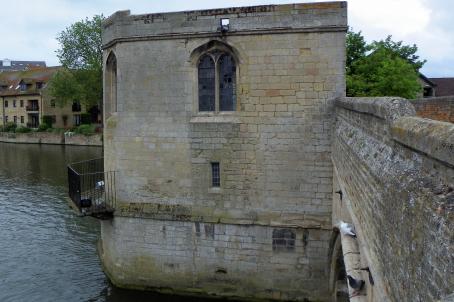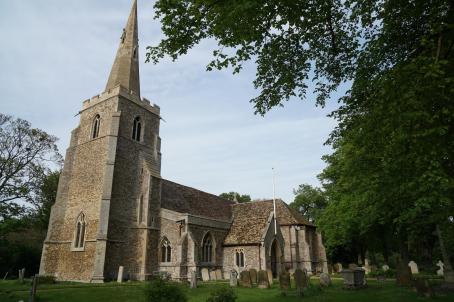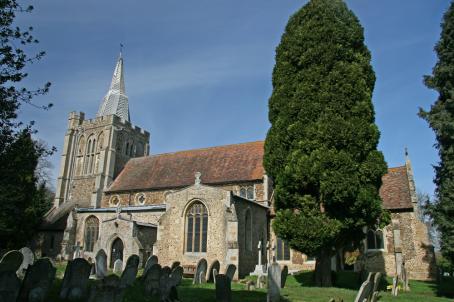St Peter & St Paul

The tall, graceful spire is visible for miles around. It was used by sailors and others returning by boat along the river Great Ouse to the port of St Ives as a welcoming landmark, and it may even have had a lit beacon to aid their way.
Lying on the Via Devana, the Roman road that linked the army camps at Godmanchester and Cambridge, Fenstanton was the site of a Roman villa. It is also in the Domesday Book.
About this building
For more information visit on this building visit www.explorechurches.org/church/st-peter-st-paul-fenstanton





